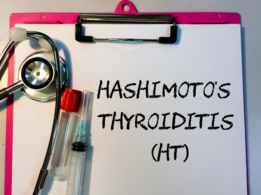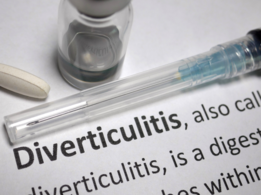01/6How to identify fatty liver disease?

Liver is an important organ in our body and it is crucial that we take utmost care of it. It plays a significant role in eliminating toxins from the body, metabolizing fats, proteins, and carbohydrates and also works towards storing glycogen, vitamins, and minerals. Furthermore, it is known to produce and excrete bile in and out of the body respectively, while also synthesizing plasma proteins, such as albumin, and clotting factors. So, when your liver is struggling, it can give light to several symptoms.
Also read: Prostate cancer: When should you start getting screened for prostate cancer?
02/6What is fatty liver disease?


As is known, the liver is the largest internal organ in our body. Fatty liver disease is when there is too much fat buildup in the liver due to various reasons. The two main type of fatty liver disease are:
Nonalcoholic fatty liver disease (NAFLD) is a type of fatty liver disease that is not related to heavy alcohol use.
Alcoholic fatty liver disease, also called alcoholic steatohepatitis, occurs when there is heavy alcohol consumption involved.
Also read: Vitamin D: Does sunlight through window glass provide 'sunshine' vitamin? Expert answers
03/6Common symptoms to watch out for


A fatty liver disease can lead to several symptoms. These include:
- Abdominal pain or a feeling of fullness
- Nausea, loss of appetite or weight loss
- Yellowish skin and whites of the eyes
- Swollen abdomen and legs
- Fatigue and mental confusion.
- Weakness
04/6How fatty liver disease affects your walking


Among the two types of fatty liver disease, non-alcoholic fatty liver disease is said to be one of the newest vascular risk factors for neurological diseases, reports Express.co.uk..
An unhealthy liver that is struggling to function can influence different functions in the body and lead to changes in behaviour, mood, speech, sleep and the way a person moves. That said, changes in walking style can signal fatty liver disease.
05/6Signs to note


Two of the most common changes in fatty liver disease patient's walk are a staggering gait and a tendency to fall, as per the Liver Trust.
A staggering gait is usually described as an ataxic gait, which means that the walking is uncoordinated.
Reports have drawn similarities between an end-stage fatty liver disease and Parkinson's.
However, according to the Neurological Examination Report, "Unlike Parkinson's disease, this is characterised by rapid progression, early postural and gait problems [...]," explained the journal.
06/6How to reduce your risk?


In order to reduce your risk of fatty liver disease, it is extremely important to opt for a healthy diet that includes fruits, vegetables, whole grains and healthy fats, says Mayo Clinic.
Prioritizing your physical health i.e. maintaining a healthy weight, doing regular exercise and eating healthy are some of the best ways to lower your risk of developing a fatty liver.
In addition, it is important to cut down on unhealthy habits such as drinking alcohol and smoking.


































































































closecomments
SIGN IN WITH
FacebookGoogleEmail